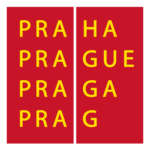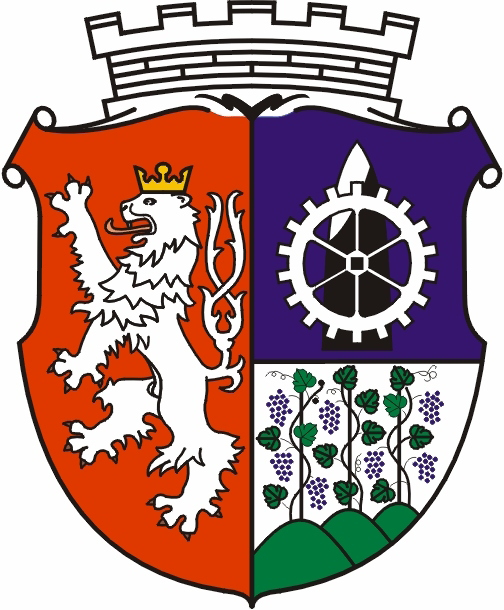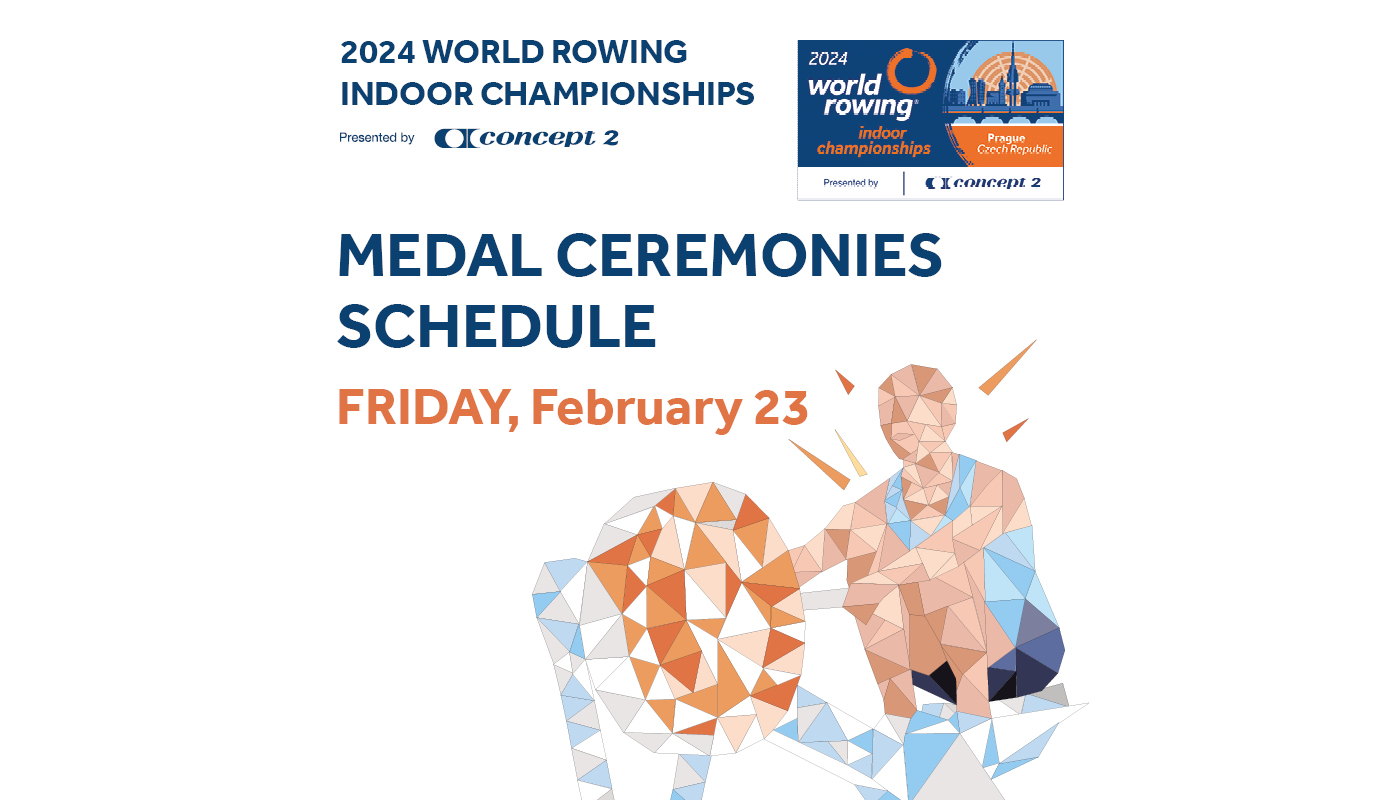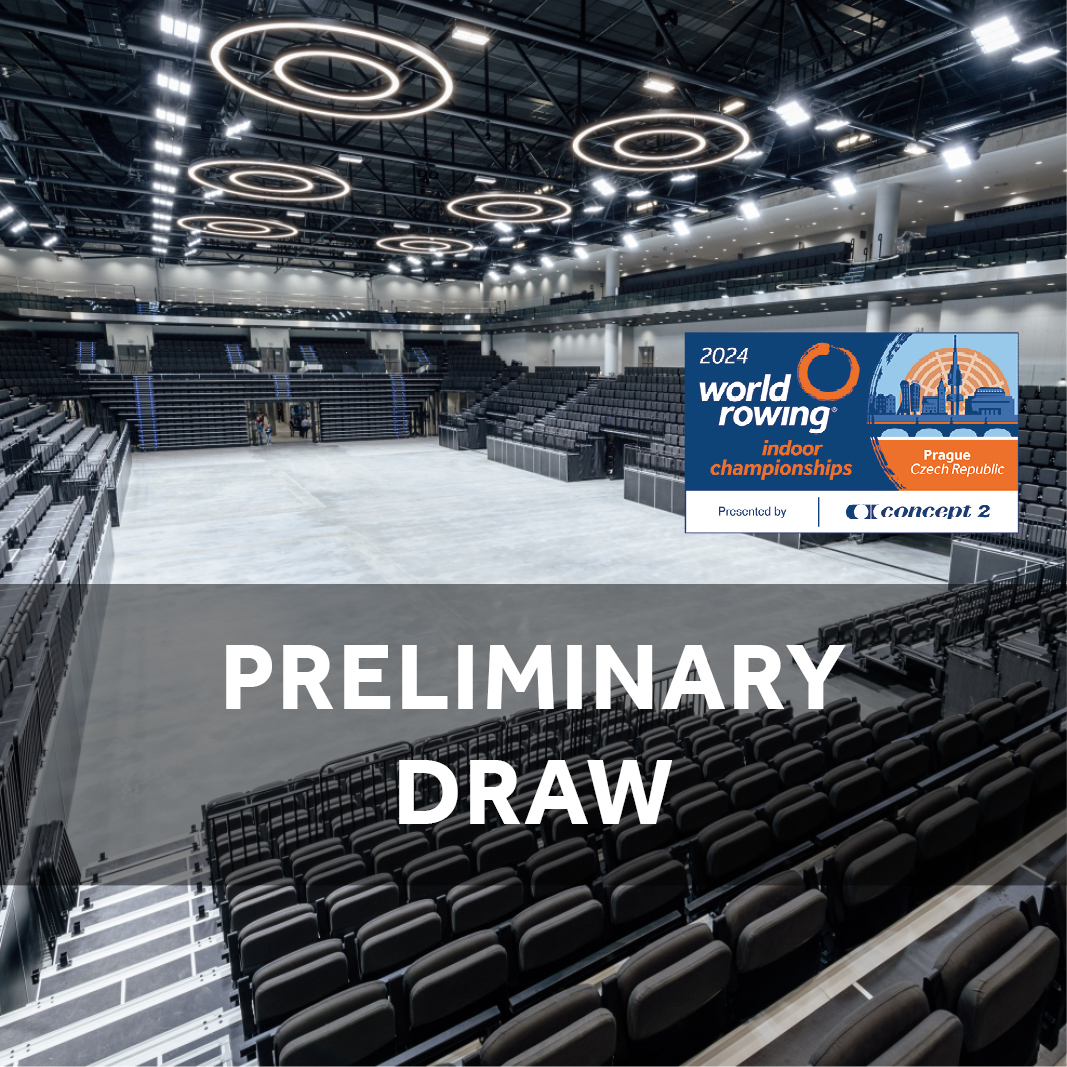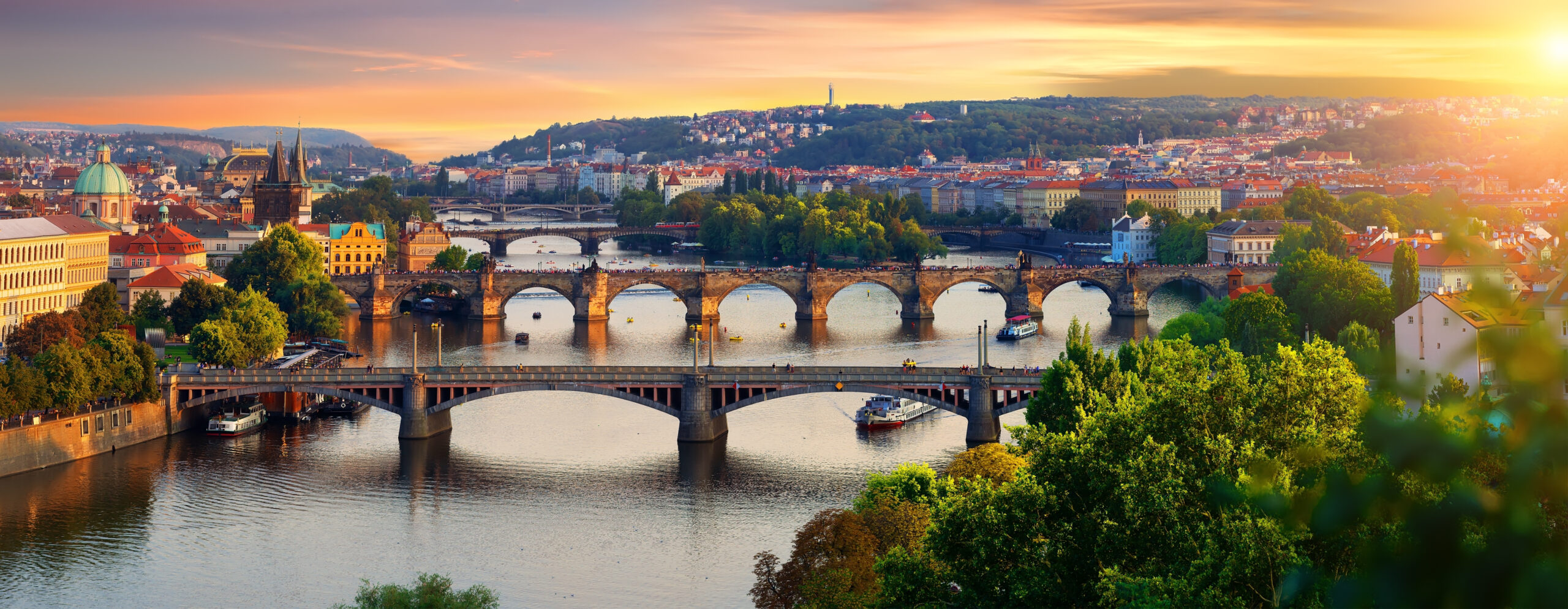
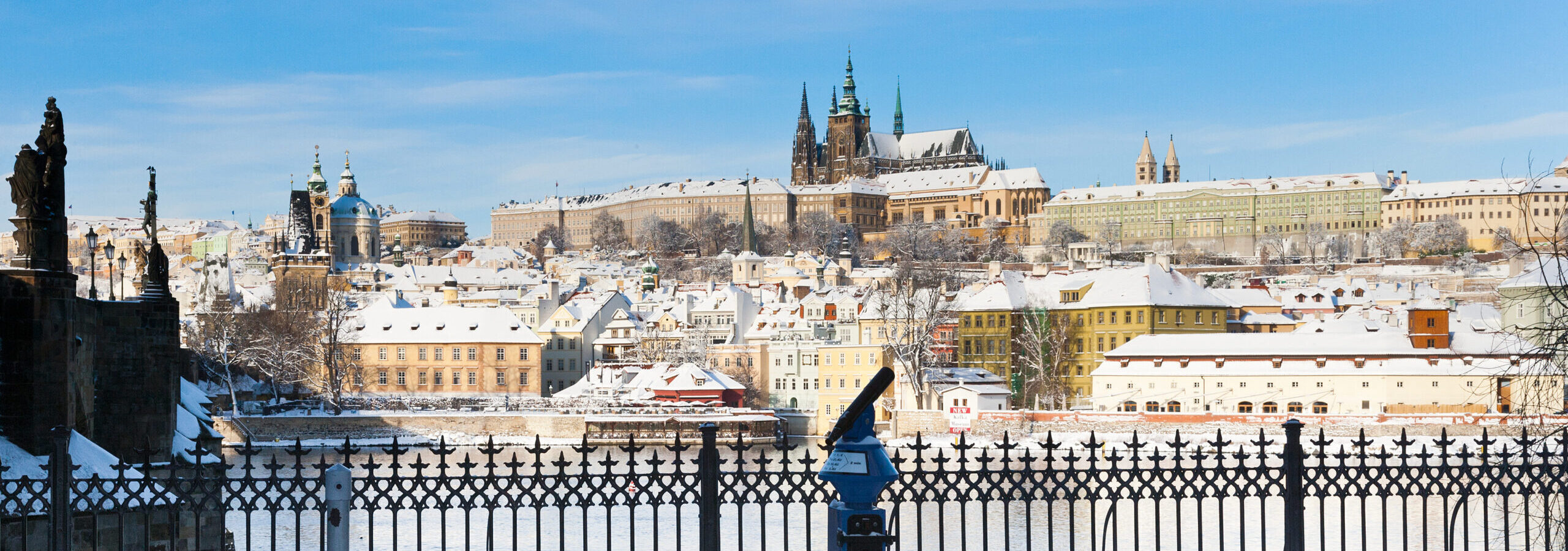
PRAGUE
What not to miss in Prague
The capital of the Czech Republic is the most valuable urban conservation area in Europe. In 1992 the historical core of the city covering 866 hectares was listed in the UNESCO World Cultural and Natural Heritage Register.
Prague represents a unique collection of historical monuments dominated by Prague Castle which towers high above the city. It merges all artistic and architectonic styles and movements. The historical core of the city is situated on both banks of the Vltava river and consists of six parts – formerly independent urban units unified in the 18th century. They are as follows: Stare Mesto (Old Town), Josefov (the preserved part of the former Jewish Town – today part of the Old Town), Nove Mesto (New Town), Mala Strana (Lesser Town), Hradcany and Vysehrad. Naturally, most of the historical monuments, museums and galleries are concentrated there.

Prague Castle
A castle was built on this site in the 9th century, and a Romanesque palace was erected there in the 12th century. In the 14th century, during the rule of Charles IV, it was rebuilt in the Gothic style. The Royal palace was re-built to the current shape under the Jagellos at the end of the 15th century, and at that time, the builder Benedikt Rejt added the now-famous Vladislav Hall, also in the Gothic style.
The castle was enlarged in the 16th century, especially after a big fire in 1541. The Spanish Hall, in a new part of the castle, was added during the reign of Rudolf II, and it took its final form during the reign of Empress Maria Theresa, under the direction of the architect M. Pacassi. After World War I, the interior and gardens of the castle were renovated by architect J. Plecnik. Today, the Castle is the seat of the President of the Czech Republic, and it serves as the historical and political centre of both the city and state.
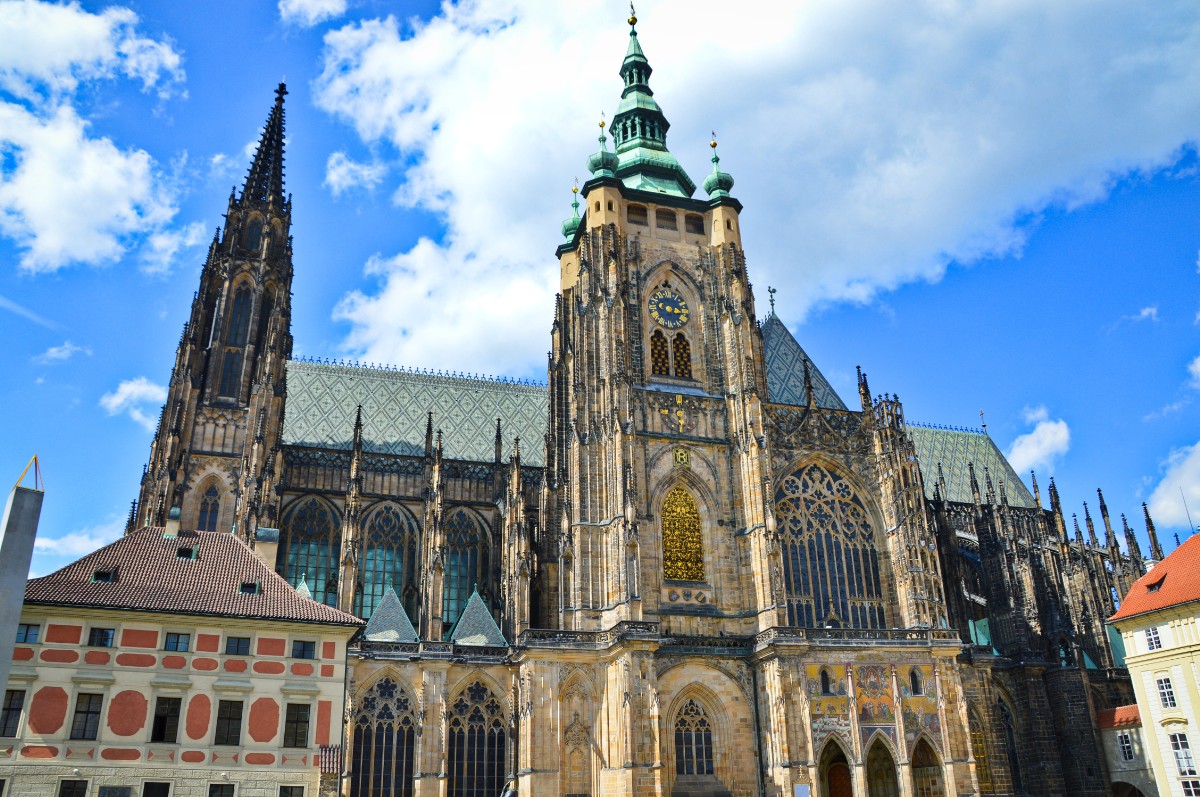
The Gothic St. Vitus cathedral is the spiritual symbol of the Czech state. It was founded in the late 9th century by John of Luxembourg and his sons Charles and John Henry. It took nearly six centuries to build. The current cathedral is situated on the site of a 10th-century rotunda. Designed by architects Mathias Arras and Petr Parler, its construction started in 1344. The final stage of construction was completed only in the period between 1873 and 1929. There are underground tombs in the cathedral of Czech kings. Parler also built the St. Wenceslas Chapel which is decorated with frescoes and semi-precious stones. The Czech crown jewels are deposited there, too.

Charles Bridge
Started in 1357 by Master Otto and completed by Petr Parler, this is the oldest bridge in Prague. Its statues and sculptural groups date mostly from the 18th century. The most well-known are the works of Matthias Braun and Ferdinand Maxmilian Brokoff. The bridge is 515 metres long and 10 metres wide.
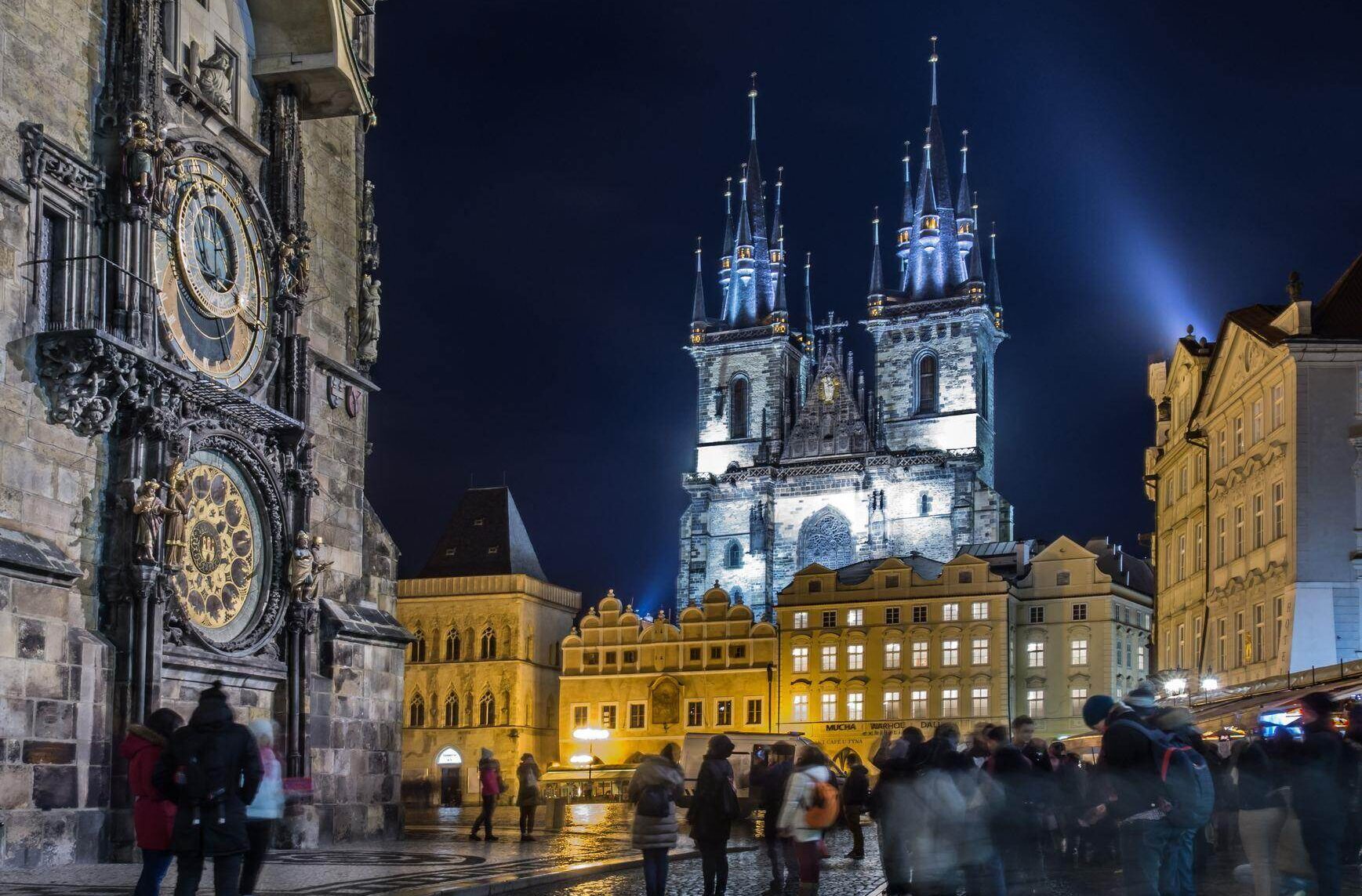
Dating from the 12th century, the square has witnessed many a significant event. Beside the Old Town Hall and the Church of Our Lady before Tyn, the square has several other dominants – the baroque St. Nicholas church, the rococo Kinsky palace housing the National Gallery graphic collection, the Stone Bell house – a gothic palace from the 14th century, now the Municipal Gallery concert and exhibition rooms, as well as the Master Jan Hus Memorial sculptured by Ladislav Saloun. The square witnessed the execution of 27 Czech noblemen on 21 June, 1621 – in memory of that event, 27 crosses are marked in the pavement. The Prague meridian can be seen not far from therere.
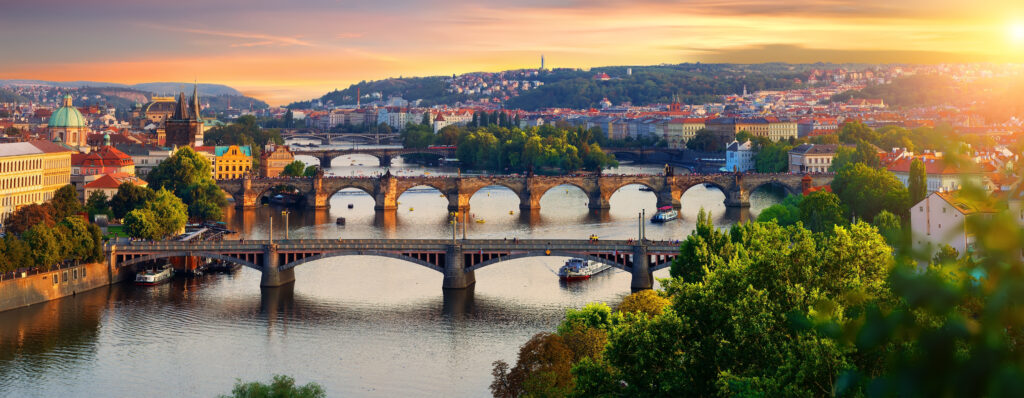
Our partners




